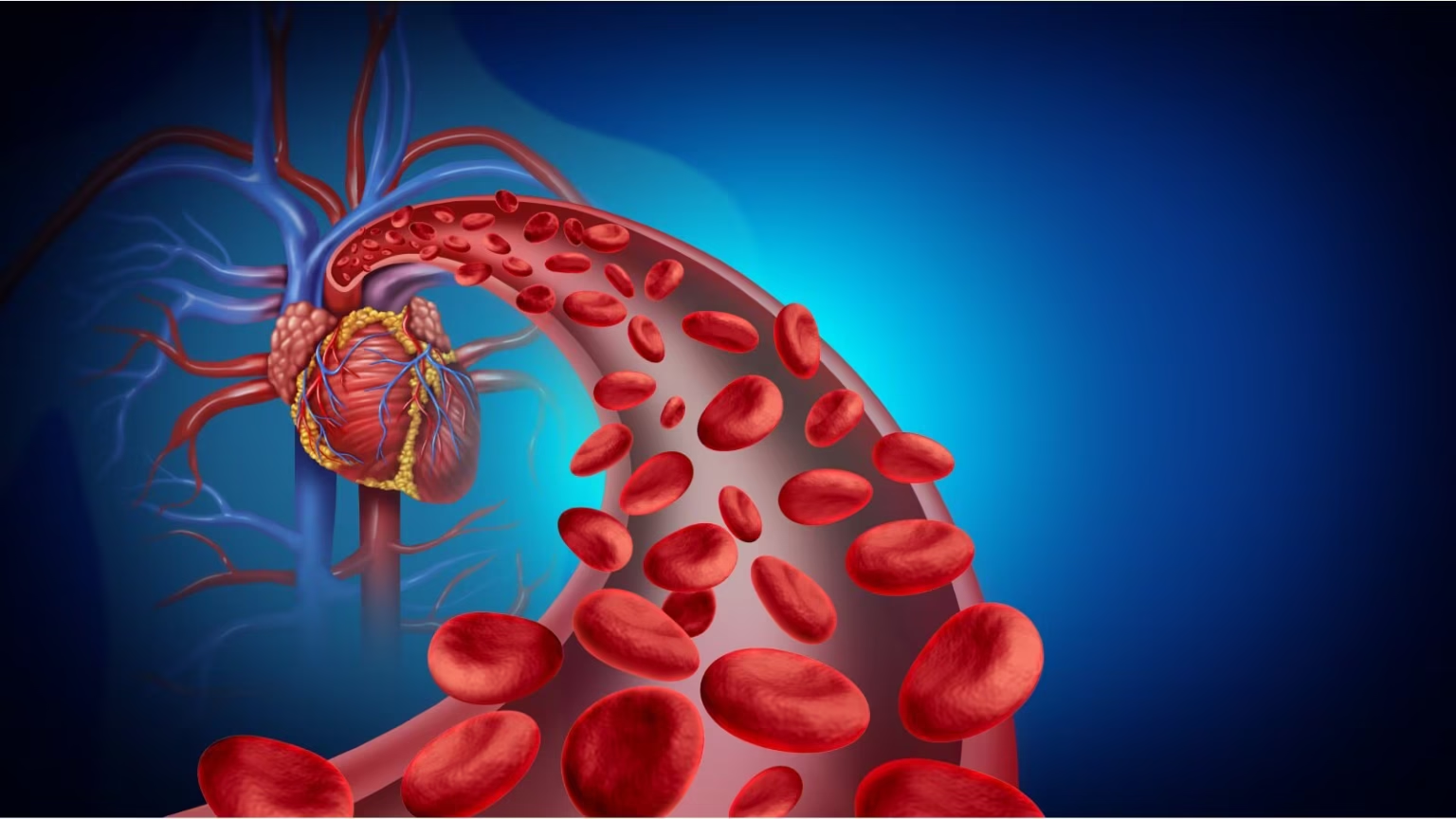Increasing Physical Activity
One of the most effective ways to improve blood circulation is by increasing your daily physical activity. Walking regularly, especially after meals, can stimulate blood flow and support your digestive system. Experts recommend walking for at least 30 minutes each day to maintain healthy circulation.
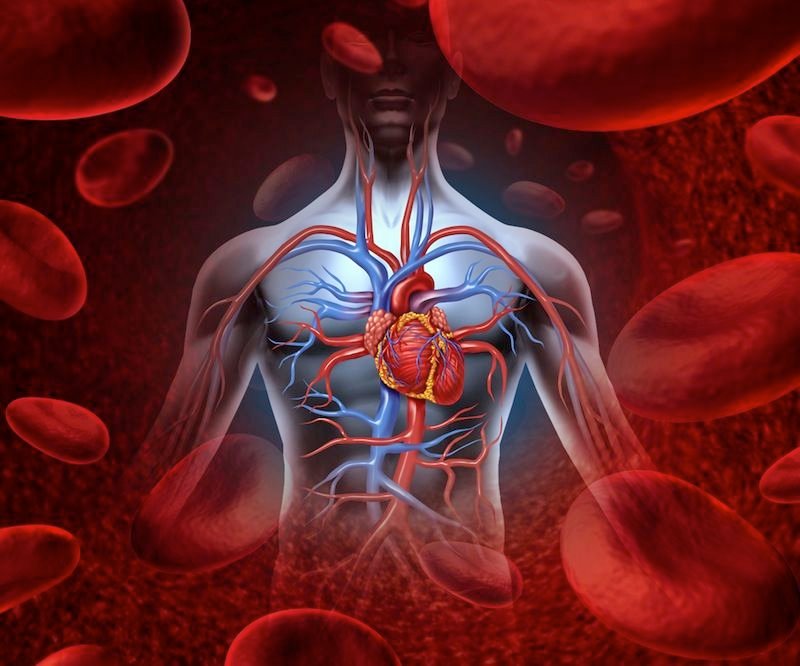
If you have a peripheral vascular condition like varicose veins, using supportive undergarments—such as compression hosiery, stockings, or bandages—can also help improve circulation. Your doctor can advise you on the best option.
Exercise to Improve Blood Circulation
Anything that aids in general fitness should boost your circulation. When you work out, try both:
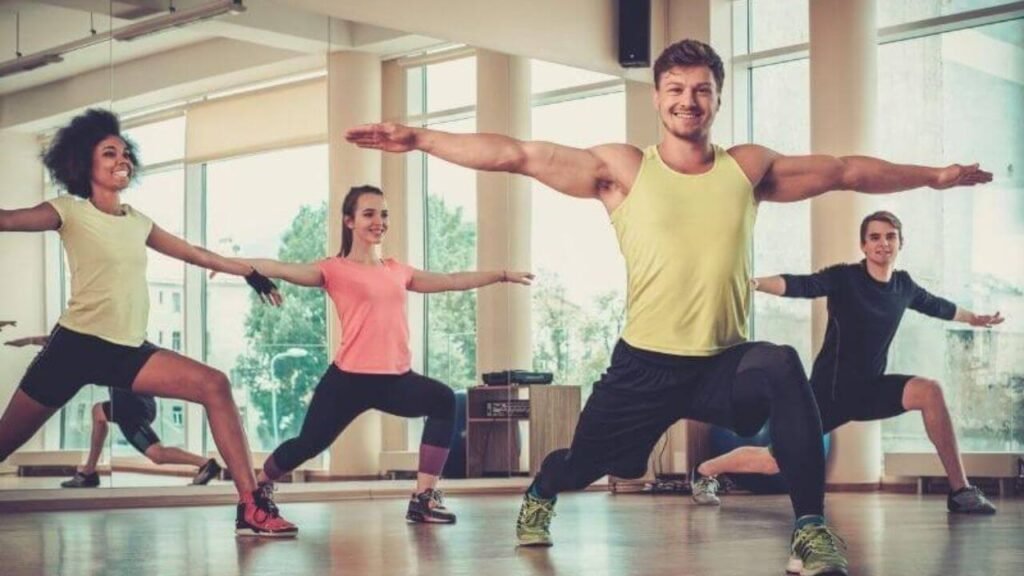
- Cardiovascular training. Swimming, biking, running, playing sports, etc. Aerobic activity will improve heart and blood vessel function.
- Strength training. Strength training (lifting weights) will help you build muscle, which in turn increases the effectiveness of cardiovascular and lymph circulation.
- Every hour, get up and try 3 to 5 minutes’ worth of stretching or small exercise. This is especially handy if you’re at a desk all day and barely get a chance to walk around. Try doing little arm circles, touching your hands to your toes, kicking out your feet, or performing small, slow jumping jacks (enough to get your heart rate up).
Get a Massage to Help Improve Blood Circulation
Massage, like exercise, helps improve blood circulation by stimulating blood flow in the soft tissue. This increased circulation not only enhances oxygen delivery to muscles but also aids in flushing out toxins. Many studies highlight the effectiveness of massage to improve blood circulation and promote healing throughout the body.
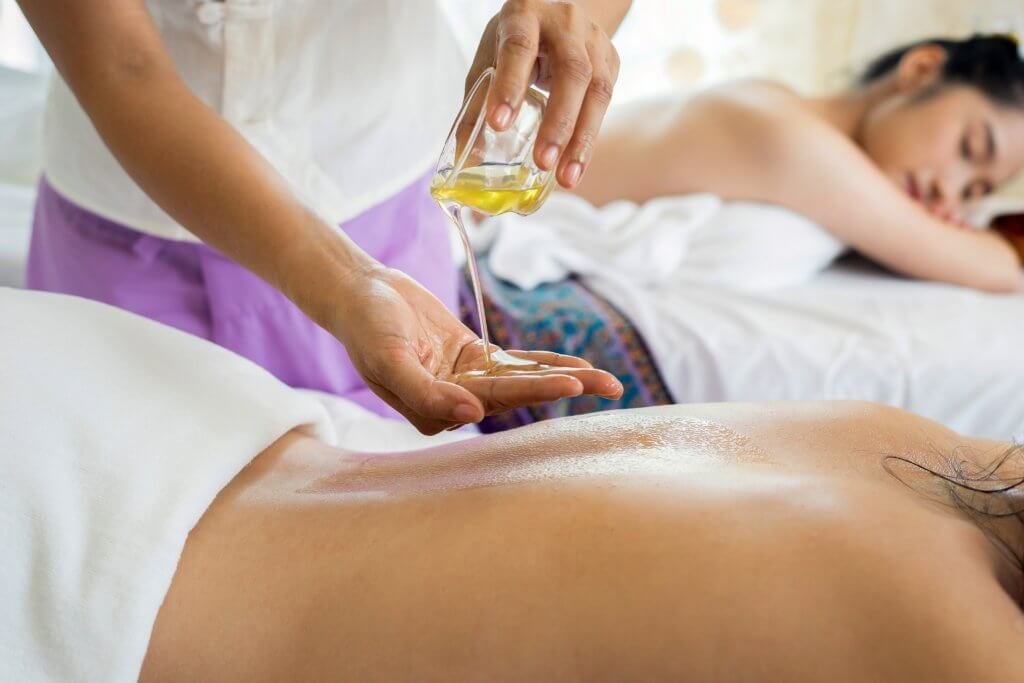
- Although some studies support the use of massage for circulation, more research needs to be done to determine whether it is effective
- Read this article on how to deskercise, or exercise while sitting at your desk. It should help improve circulation if you can’t find the time to do proper exercises.
Put your feet up
Elevating your legs is a great way to increase your circulation and relax at the same time. It also reduces the chance of varicose veins, which are caused by high blood pressure or simply standing for extended periods of time.
Vary your temperature while in the shower
Switch between hot water and cold water. This is called a contrast shower, and it helps improve your circulation by affecting how your veins expand and contract. Hot water causes your blood vessels to open up and increases your circulation, while cold water narrows your blood vessels.

- If you take contrast showers regularly, they can help your circulation system become more pliable, improving circulation.
- Although some studies support the use of hydrotherapy for increasing blood flow, more research needs to be done to determine whether it is effective
Making Lifestyle Changes
Eat healthy foods and avoid unhealthy foods. Eat fruits, vegetables, whole grains, lean proteins, and healthy fats (found in fish oil, olive oil, nuts, and seeds). Stay away from overly processed foods, foods with excessive sugar or salt, and foods with unhealthy fats (saturated and trans fats).

Drink right. Drink enough water during the day so that your organs don’t have to fight to produce energy and perform their daily functions. You don’t have to drink liters upon liters a day, but you should drink water when you’re thirsty.
- Cut out the caffeine. If you can’t live without it, at least minimize your intake. For instance, if you usually have two cups of coffee in the morning, have one instead. Or if you buy your coffee from a cafe somewhere, try switching to decaf or taking your coffee down one size.
- Reduce or cut out alcohol and other sugary drinks from your diet. Sodas and overly sweet drinks do not improve your circulation and have especially deleterious health effects. If you enjoy having a drink, 1 glass of red wine may improve circulation, but more will stress your system.
Try taking a hot bath or doing other heat treatments. Draw up a nice warm bath (with or without Epsom salts, which are healing mineral salts) and relax for 20 to 30 minutes. Fill up hot water bottles, cover if necessary to avoid burns and place on extremities to boost blood flow.
Quit smoking, if applicable. Not only is smoking bad for your health, it also affects your circulation. Nicotine usage is among the leading causes of circulation problems.
Find healthy outlets for your stress. Over time, stress can have negative effects on the body’s circulation. Find manageable, healthy ways to relieve stress, such as regular exercise, meditation techniques, and psychotherapy, among others
Know if it’s bad. Be able to spot when your body is having trouble pumping its blood. Signs that your circulation is less than ideal include:
- Varicose veins.
- Tingling in the feet and hands
- Cold extremities (fingers and toes)
- Bluish-tinted skin
- Slow healing times for wounds
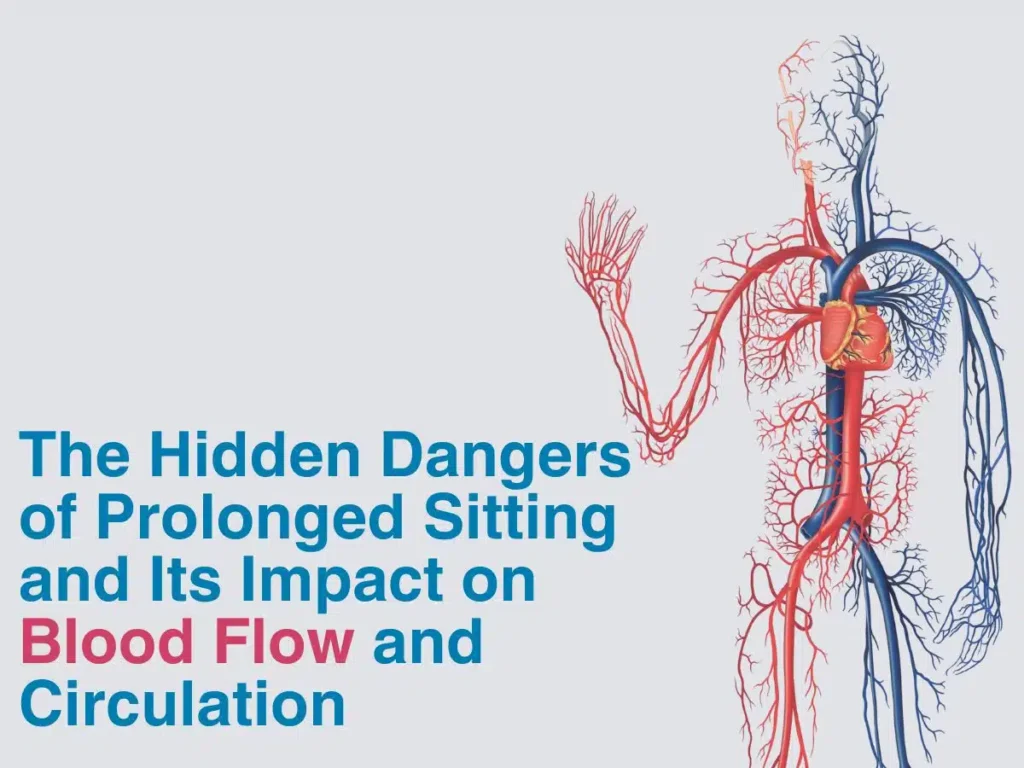
Talk to your doctor about possibly enhancing circulation through supplements. Your doctor may be able to prescribe or point you in the direction of certain supplements that, in healthy doses, may improve blood circulation.
- One study suggests that a combination supplement of green tea, astralagus, goji berry extracts, Lactobacillus fermentum, antioxidant ellagic acid, and other vitamins, available OTC, helps increase overall levels of hematopoietic stem cells.
